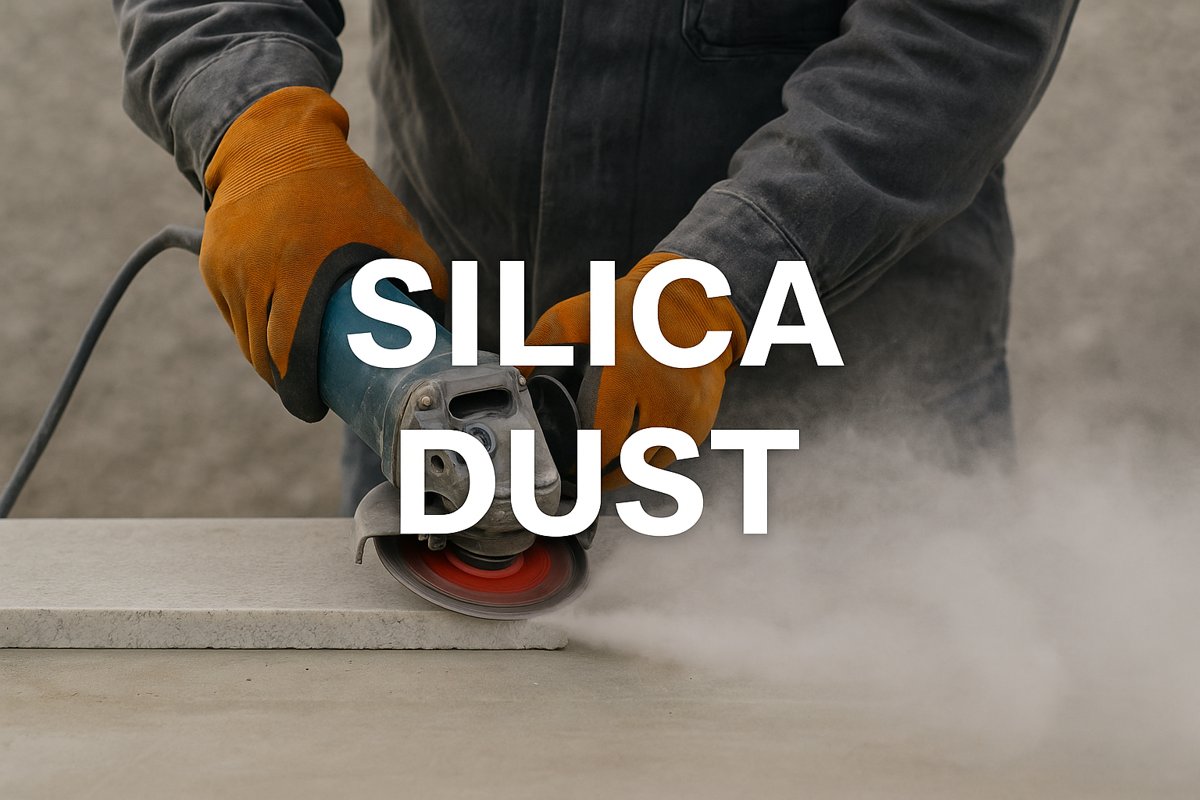As of 1 October 2025, in New South Wales all Persons Conducting a Business or Undertaking (PCBU) must register workers involved in high-risk processing of respirable crystalline silica (RCS) via the new Silica Worker Register (SWR). SafeWork NSW
This important update isn’t just a regulatory change — it directly links to the need for comprehensive silica awareness training, robust WHS training, and support for health and safety representatives via HSR training.
Why the Silica Worker Register matters
Exposure to RCS can lead to serious, life-threatening conditions such as silicosis and lung cancer. SafeWork NSW.
The new register supports early detection and health monitoring of at-risk workers, helping businesses meet their duty of care under work health and safety laws. SafeWork NSW
What PCBUs must do: key obligations
- From 1 October 2025, PCBUs must submit business details (name, ABN, address, contact etc.) plus worker details for each worker undertaking high-risk silica processing. SafeWork NSW
- A worker must be registered within 28 days of commencing high-risk work. SafeWork NSW
- Only workers who commence high-risk crystalline silica substance (CSS) processing on or after the date need to be registered. SafeWork NSW
- Simply being on the register does not mean a worker has been exposed to dangerous levels of RCS – it is a preventive health-monitoring mechanism. SafeWork NSW
What is “high-risk crystalline silica processing”?
Processing of a crystalline silica substance involves tasks like cutting, drilling, grinding or polishing materials which release fine particles of crystalline silica dust (RCS).
A PCBU must perform a risk assessment and decide whether the processing is high-risk by considering: frequency/duration of exposure; concentration of silica; likelihood of dust above half the exposure limit; past monitoring or illness occurrences.
This is where targeted silica awareness training becomes an essential control measure — ensuring workers understand what constitutes high-risk work, and what controls must be in place.
The role of training: linking WHS training, silica awareness training and HSR training
Silica awareness training
Under the SafeWork NSW guidelines, anyone involved in processing CSS that is high-risk (or at risk of exposure) must receive approved training in crystalline silica.
Key topics include: health risks of RCS (e.g., silicosis), how to identify materials containing silica, how silica dust is generated, exposure standards, control measures (engineering, administrative, PPE), respiratory protection fit-testing, housekeeping, monitoring and health-screening requirements.
Taking next steps: how you can act now
- Conduct a register review: Identify workers who undertake high-risk CSS processing. Are they registered on the Silica Worker Register?
- Audit your training records: Do you have documented proof of silica awareness training for any employee exposed to RCS risk? Are WHS training and HSR training completed and up-to-date?
- Update your training program: If you don’t have a dedicated silica awareness training module integrated into your WHS training, put one in place — consider Advance OHS’s tailored solution.
- Engage HSRs: Ensure your HSRs are trained and involved in review of SDS, risk assessments, monitoring data, health-screening schedules and worker consultation regarding silica hazards.
- Embed ongoing monitoring and controls: Beyond registration, ensure health monitoring is scheduled, control measures are maintained, training records retained for required periods, and that consultation mechanisms are active.


